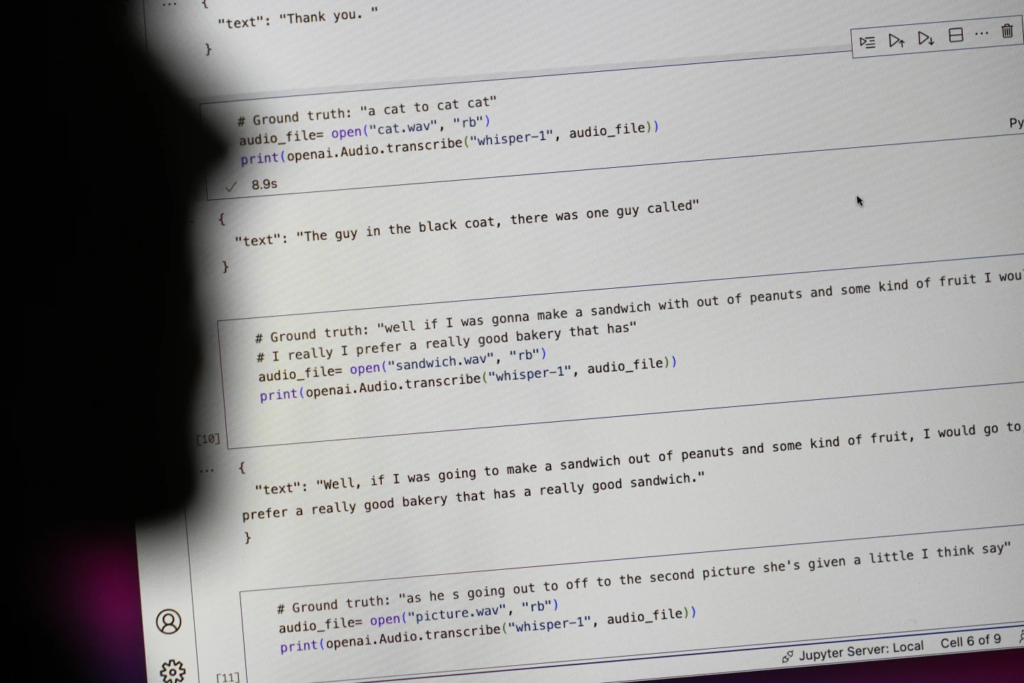
Whisper by OpenAI: A Game-Changer with a Major Flaw?
OpenAI’s AI-powered transcription tool, Whisper, has gained a strong reputation for its remarkable transcription accuracy and “human-level robustness.” This technology has been heralded for its potential to transform industries, from media transcription and translation to consumer tech and video subtitling. But while its promise is clear, experts are now raising concerns about a serious flaw that’s casting a shadow over its effectiveness and reliability.
What is Whisper?
Whisper is OpenAI’s transcription tool designed to convert spoken language into text with near-human accuracy. Its advanced AI model has been integrated into various consumer technologies, from generating video subtitles to translating interviews. OpenAI has highlighted its accuracy, positioning it as a robust solution for users and businesses needing reliable, efficient transcription.
Read More: 16 Powerful ChatGPT Prompts That Can Help You Land Your Dream Job Twice as Fast!
The Hidden Problem: AI Hallucinations
Despite Whisper’s impressive performance, a significant issue has surfaced: its tendency to create “hallucinations.” In AI, hallucinations refer to scenarios where the system “invents” information that isn’t present in the original input. For Whisper, this can mean fabricating entire sentences or adding inappropriate or irrelevant commentary into transcriptions.

According to interviews with over a dozen engineers, developers, and researchers, these hallucinations often appear in the form of invented text. These errors are not always benign and can sometimes include disturbing elements, such as violent language, racial biases, or even fictitious medical advice. These hallucinations aren’t just simple transcription errors—they are fully fabricated text that can mislead or misinform.
Why Whisper’s Hallucinations are Problematic
Whisper’s hallucinations pose a unique set of challenges. First, it’s being used in sensitive contexts worldwide, where accuracy and reliability are paramount. Imagine a situation where a transcription tool creates a false account in a news interview or adds violent rhetoric to a public speech—this could harm reputations or distort the message.
Even more concerning is Whisper’s use in medical settings. In a field where accuracy is critical, the integration of Whisper-based tools to transcribe patient consultations with doctors raises significant risks. OpenAI itself has cautioned against using Whisper in “high-risk domains” like medicine, yet many medical centers are turning to it as a quick, seemingly cost-effective solution.
The Frequency and Scope of the Issue
While it’s challenging to determine just how widespread these hallucinations are, many experts and researchers report encountering them regularly. In one case, a University of Michigan researcher analyzing public meeting transcripts noted that hallucinations appeared in an alarming eight out of every ten transcriptions he reviewed. This raises the question: How often do such errors slip by unnoticed, impacting the reliability of Whisper’s transcriptions?
Whisper’s Bright Potential vs. Its Lingering Risks
OpenAI’s Whisper is undoubtedly a powerful tool with vast potential to revolutionize transcription and translation. Its application could extend to areas as varied as journalism, content creation, video production, and much more. But as Whisper’s hallucinations become more apparent, users and industries must weigh its benefits against the risks of inaccuracies in critical contexts.
In time, OpenAI may find ways to reduce hallucinations and improve Whisper’s reliability. Until then, businesses and users are encouraged to approach the tool with caution, particularly in settings where accuracy is paramount.

